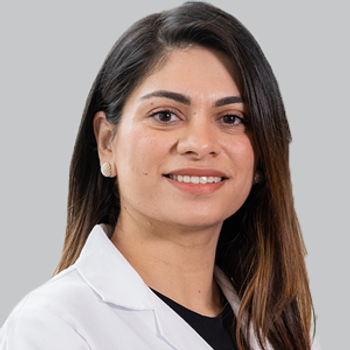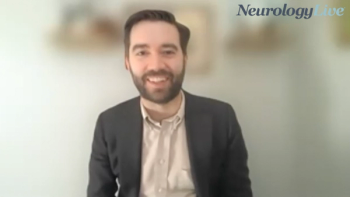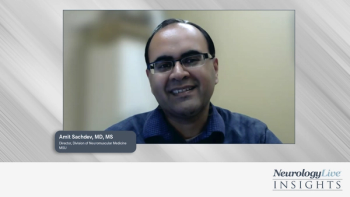
Ataluren Delays Loss of Ambulation by 5 Years in Nonsense Mutation DMD
Data from the STRIDE patient registry showed that treatment was also associated with a delay in pulmonary function decline for those with Duchenne muscular dystrophy.
Recently released data from the Strategic Targeting of Registries and International Database of Excellence (STRIDE) patient registry found that boys with nonsense mutation Duchenne muscular dystrophy (nmDMD) experienced more than a 5-year delay in loss of ambulation when treated with ataluren (Translarna; PTC Therapeutics), compared to patients treated solely with standard of care (SoC). Findings were presented at the World Muscle Society (WMS) 2021 Virtual Congress, September 20-24.
Patients treated with both ataluren and SoC (corticosteroid and palliative therapies) reported a median age of 17.9 years at loss of ambulation, according to the time-to-event analysis of 5 years of registry data. Comparably, those treated with SoC alone were a median age of 12.5 years at loss of ambulation. Of those treated with ataluren and SoC, 80% were still walking at the age of 12 years, compared to 52% of those receiving SoC alone.
"The 5-year analysis of the STRIDE registry clearly demonstrates Translarna's profound impact on changing the course of disease progression,” Stuart W. Peltz, PhD, chief executive officer, PTC Therapeutics, said in a statement.1 "We are all proud to see Translana's life-changing effect on boys with Duchenne. The results robustness showing both a 5-year delay in loss of walking as well as its ability to prolong lung function confirms what we have seen in our clinical trials. These results add to the totality of the evidence of Translarna's benefit for the patients and their families."
Additionally, it was concluded that pulmonary function decline was delayed by approximately 1.8 years when treated with a combination of ataluren and SoC. At a median age of 17.6 years, boys treated with ataluren reached a predicted forced vital capacity lower than 60%, investigators concluded, compared with those who did not receive ataluren, who were a median age of 15.8 years when reporting that value.
Data was analyzed based on results from 241 patients in 13 countries. All participants had been enrolled in the STRIDE patient registry—the first patient data repository that is evaluating the long-term use of ataluren in real-world clinical practice—for a period of 5 years. Collected data was compared with natural history from a propensity-score matched cohort in a long-term natural history study (the Cooperative International Neuromuscular Research Group natural history database of Duchenne patients).
Recent safety results remain consistent with ataluren’s known safety profiles, which accounts for 1059 patient-years of exposure, and the treatment continues to be well-tolerated in patients with nmDMD, investigators found.
"Watching your child losing his abilities, until he can no longer walk or even breathe without help is heartbreaking," Filippo Buccella, patient advocate and founder of Parent Project Italy, said in a statement.1 "We are starting to see more evidence that Translarna can potentially give children many more years of freedom, and this will bring real hope to us parents."
At the
In Study 019, patients received ataluren for a mean of 988 days (2.7 years) before loss of ambulation. These patients had a median age of 15.5 years at loss of ambulation, compared to 13.3 years in those receiving standard of care (SoC; P = .0006). Ataluren with SoC was associated with a delay in loss of ambulation of around 2.2 years compared to SoC alone. Most patients were previously enrolled in either the ataluren phase 2b study (Study 007) and/or the subsequent open-label extension study (Study 007e); other patients participated in the phase 2a study (Study 004).
REFERENCES
1. STRIDE data show Translarna delays loss of ambulation by more than five years in boys with nonsense mutation Duchenne muscular dystrophy. News Release. PTC Therapeutics. September 20, 2021. Accessed September 24, 2021. https://www.prnewswire.com/news-releases/stride-data-show-translarna-delays-loss-of-ambulation-by-more-than-five-years-in-boys-with-nonsense-mutation-duchenne-muscular-dystrophy-301380360.html
2. McDonald CM, Muntoni F, Rance M, et al. Ataluren delays loss of ambulation and decline in pulmonary function in patients with nonsense mutation Duchenne muscular dystrophy. Presented at: MDA Clinical and Scientific Conference 2021; March 15-18. Poster 52.
Newsletter
Keep your finger on the pulse of neurology—subscribe to NeurologyLive for expert interviews, new data, and breakthrough treatment updates.



































